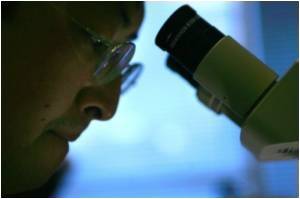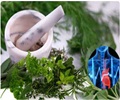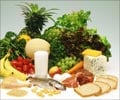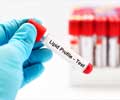
To get rid of it, it must be excreted, and now Brown and his colleagues have new evidence for an alternate way to deliver cholesterol into the faeces.
The findings revise scientific dogma about cholesterol loss that goes back almost 40 years.
Textbooks say that white blood cells known as macrophages gobble up cholesterol from artery walls.
That cholesterol is then delivered to high-density lipoprotein [HDL, aka good cholesterol], which takes it back to the liver where it goes into bile.
"Bile is necessary under the model to deliver cholesterol to the intestine," said Brown.
Advertisement
And recent studies in mice showed a similar thing.
Advertisement
Now, Brown and his colleagues offer new evidence that helps support and clarify this alternate path for cholesterol.
They report that mice made unable to secrete cholesterol into bile through genetic manipulation or surgery still lose cholesterol through the faeces at a normal rate.
Macrophages in those animals also continued to take up cholesterol from blood vessels.
The researchers believe that alternate path delivers cholesterol from the liver to the intestine directly through the bloodstream.
"The classic view of reverse cholesterol transport involved the delivery of peripheral cholesterol via HDL to the liver for secretion into bile. In parallel, we believe that the liver also plays a gatekeeper role for nonbiliary fecal sterol loss by repackaging peripheral cholesterol into nascent plasma lipoproteins that are destined for subsequent intestinal delivery," wrote the researchers.
For the purposes of cholesterol-lowering drug discovery, it may prove fruitful to consider those two pathways as "separate and complementary," said Brown.
The study is published in the July issue of Cell Metabolism.
Source-ANI














